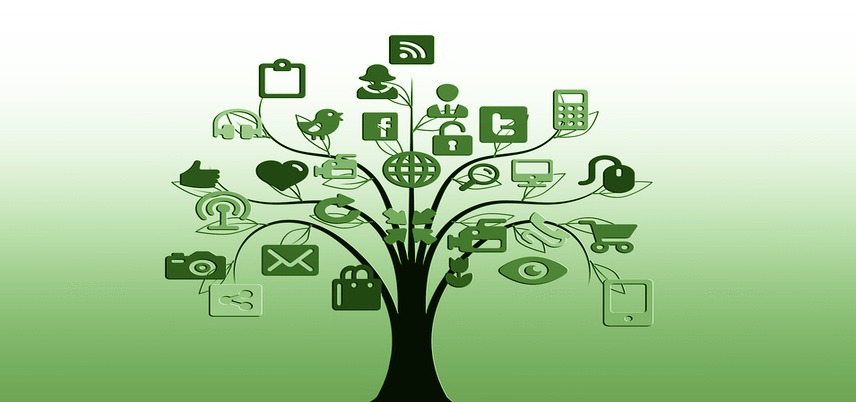The “Must Have” Infrastructure Behind IoT Success

Carrie MacGillivray is a Vice President responsible for IDC’s Mobility and Internet of Things teams. Carrie leads IDC’s mobile research across the consumer and business markets, looking at mobile software, mobile platforms, mobile services and connectivity. Read more about Carrie.
Over the past few years, we've seen organizations shift from focusing on developing stove-piped mobility, big data, cloud, and social strategies to a focus on digitally transforming their organizations. These four elements are crucial to enabling a digital transformation, but there is more to the story in that new innovation accelerators are driving this shift. The Internet of Things (IoT) is one of the key enablers of digital transformation and is a topic that organizations are increasingly considering in light of their unique business challenges and opportunities. They are seeking to understand what the ROI will be and how it can benefit their business. The important takeaway is that the IoT is going to transform how organizations succeed in the future because of the plethora of information being captured from previously unconnected endpoints.
IDC defines IoT as a "network of uniquely identifiable endpoints (or things) that communicate bi-directionally without human interaction using IP connectivity." IDC sees the market opportunity for the IoT reaching $1.5 trillion in 2020, which is when 30 billion endpoints will be connected.
It's all well and good to understand the numbers around the potential of this market, but it's also important to draw attention to the critical underlying pieces that are necessary to power this mass transition to a world of billions of connected things. It’s not just about the “Internet” or the “things.” To fully leverage and capitalize on the value of IoT, organizations need the right infrastructure behind it. We’re talking about the network, not to mention critical technologies like cloud, storage, and analytics. Only with the right infrastructure can an organization really change—even revolutionize—the customer experience or internal processes and competitively differentiate itself from the rest of the pack.
Connectivity is the linchpin in IoT. Without connectivity, the IoT is non-existent. Behind every organization's IoT strategy there has to be a thoughtful plan to ensure that sufficient connectivity is provided to those endpoints – be it cellular, WiFi or Ethernet, among others. In many applications – such as smart watches, connected home appliances, public transportation, and other “smart city” applications – WiFi plays an increasingly important role especially as it becomes increasingly accessible via hotspots and municipal deployments that enable applications like those mentioned above to connect seamlessly. Communications service providers continue to evolve their infrastructure – via IPv6 deployments, for example – to handle the increasing connectivity requirements and allow for superior connected experiences for end users.
In addition to connectivity, one area that continues to receive a lot of scrutiny is the security elements supporting the end point, the network connection, and the data transmitted from these connected things. IDC's annual Global IoT Decision Maker Survey continues to show that security is a top concern amongst decision makers when considering an investment in an IoT solution. It's of paramount importance to consider the security implications and make sure that the end point, the network, and the data are secure at all levels to prevent cyber attacks and Internet security threats that can – and will – affect this new category of connection that the IoT introduces.
At the end of the day, the IoT is going to fundamentally transform how organizations make decisions, view business processes, design products, and deliver services because of the information that can be captured from end points that weren't previously connected. When considering an investment in an IoT solution, organizations need to think about all the technology elements that are required. These elements include the sophisticated network behind the connectivity, the cloud, and security as well as a process for collecting and analyzing data for better business insights and decision making. Only then does the organization have a chance for digital transformation to be achieved.
The IoT is going to transform how organizations succeed in the future.
Locked Content
Click on the button below to get access
Unlock NowOr sign in to access all content on Comcast Business Community
Resource Center
Learn how Comcast Business can help
keep you ready for what's next.











